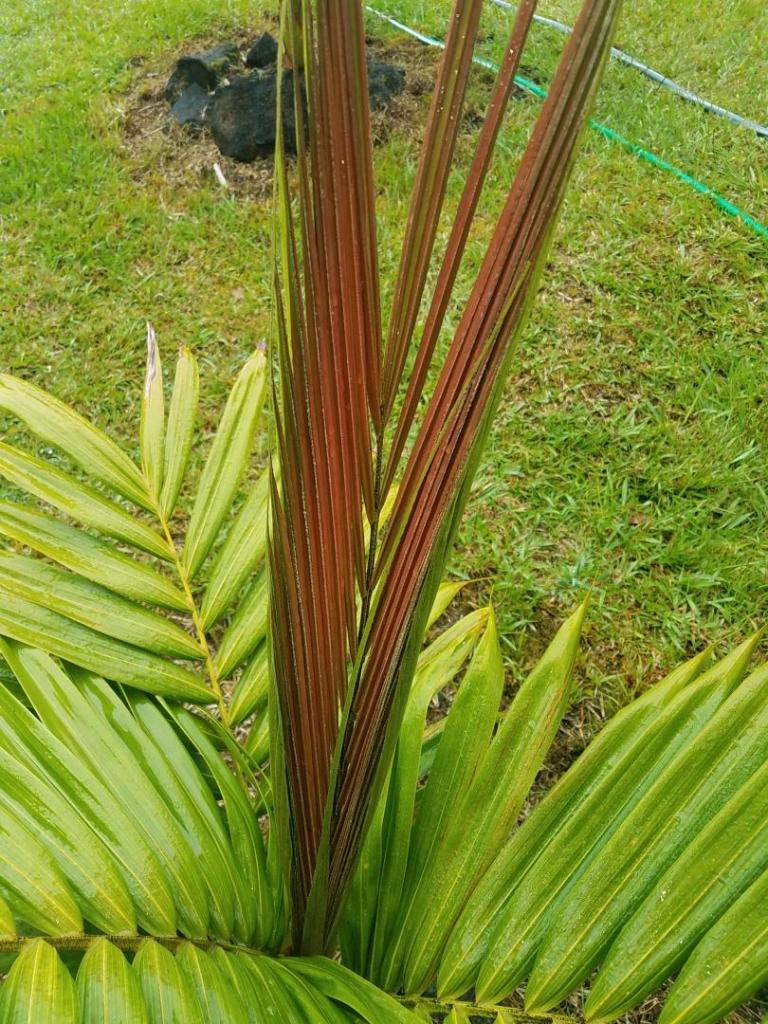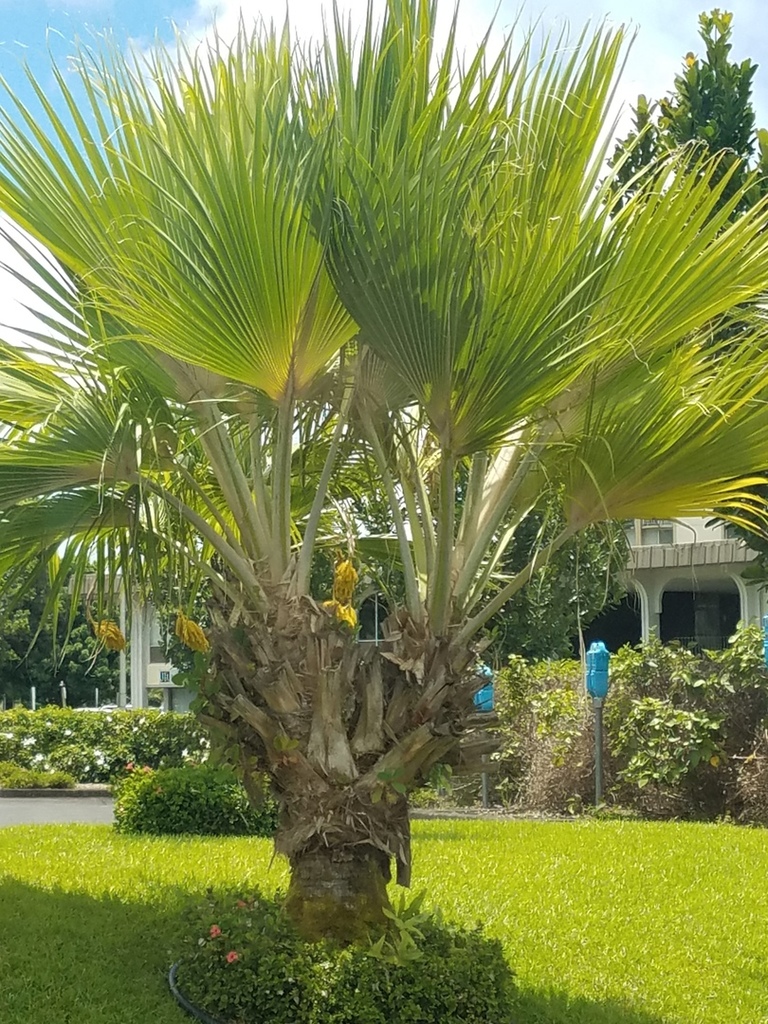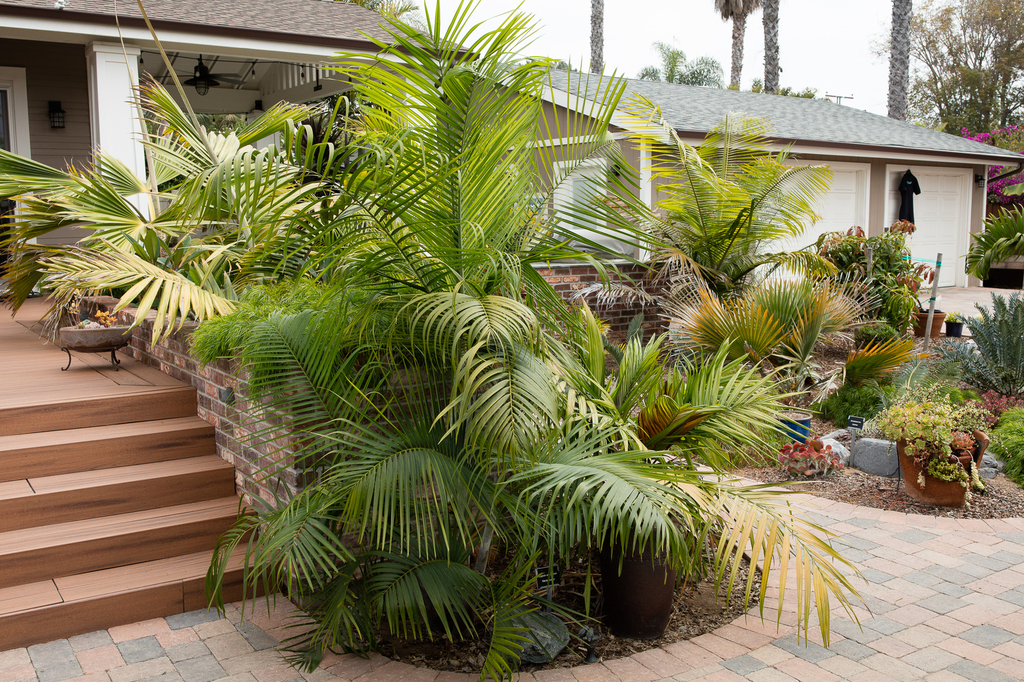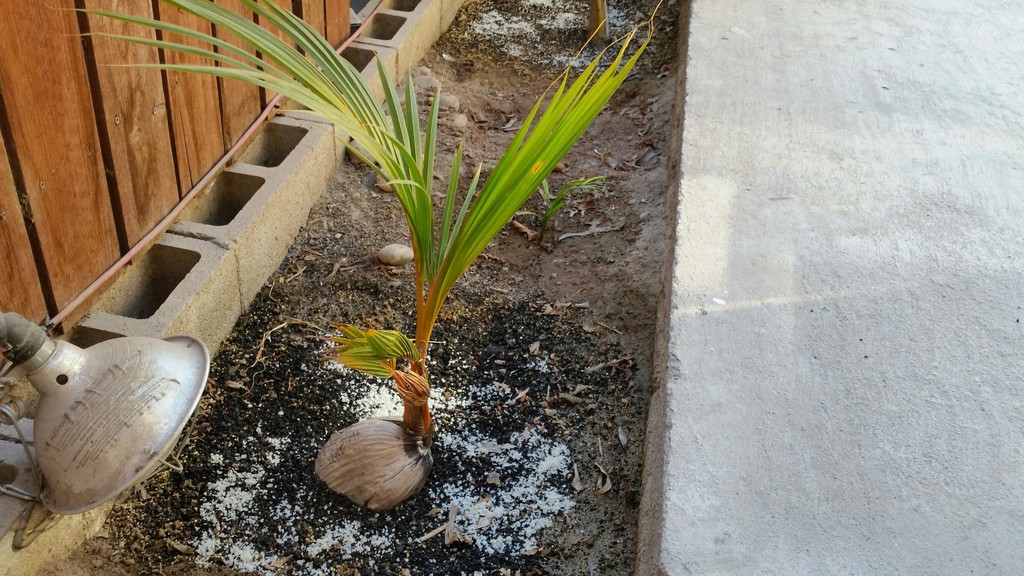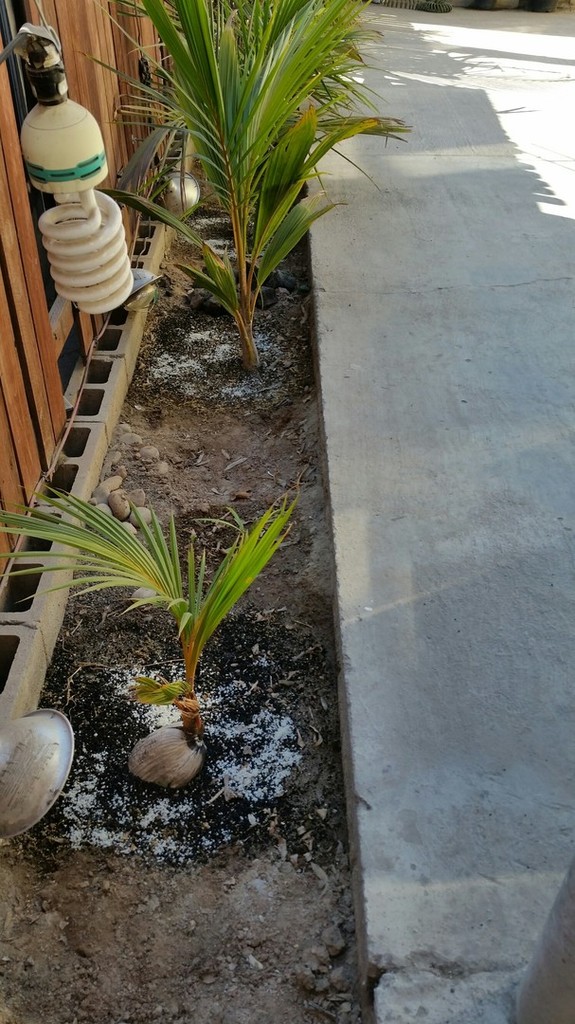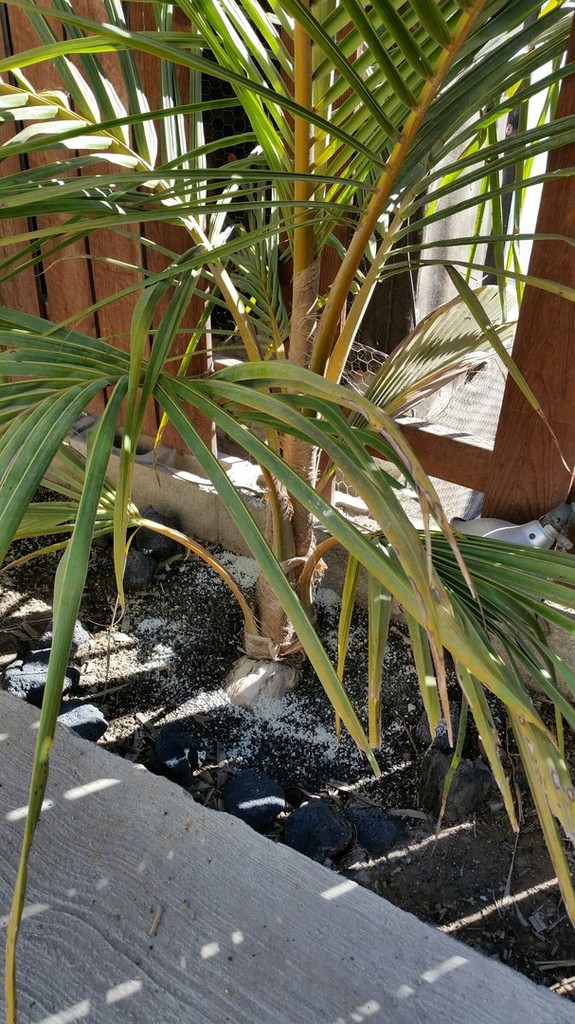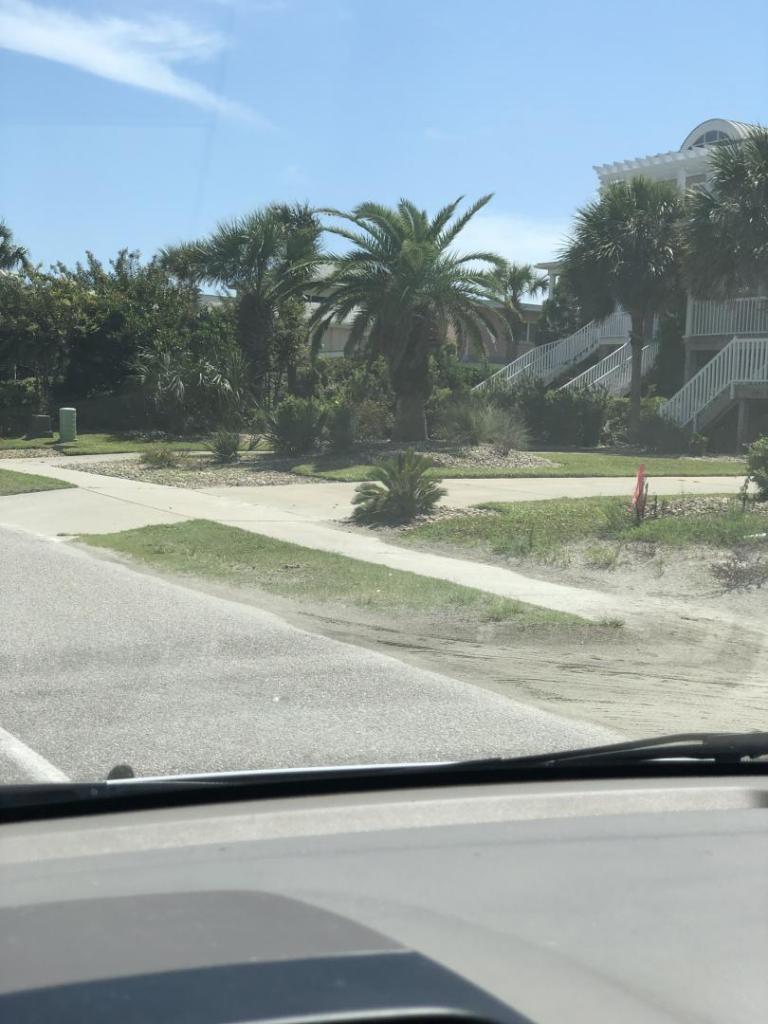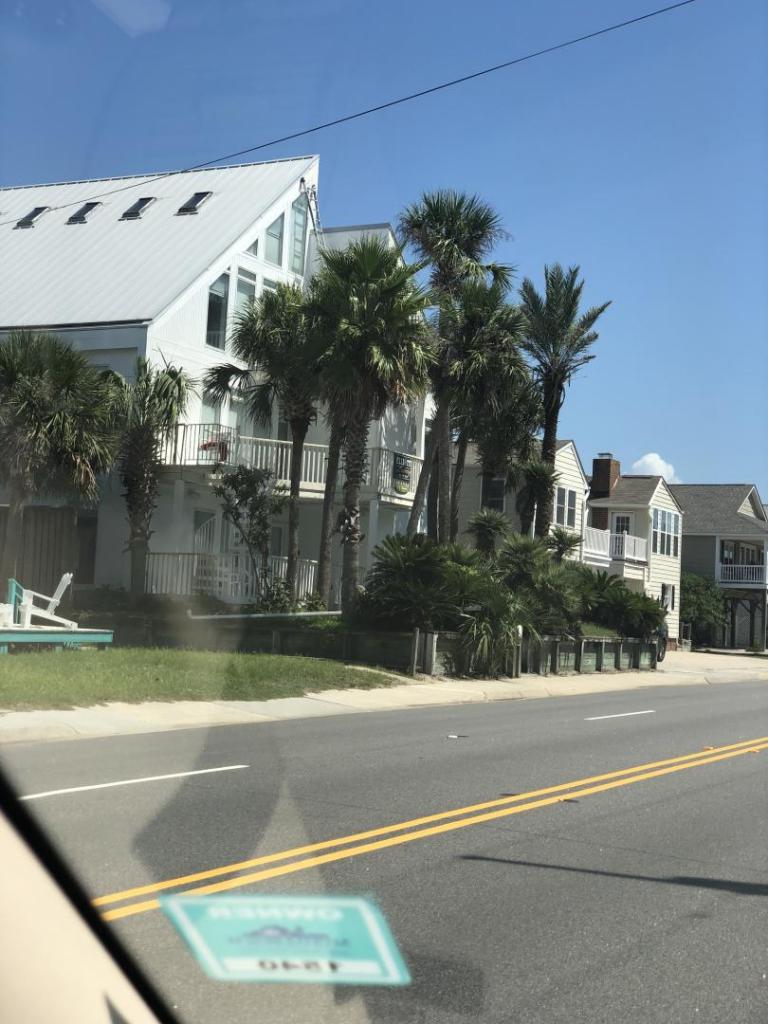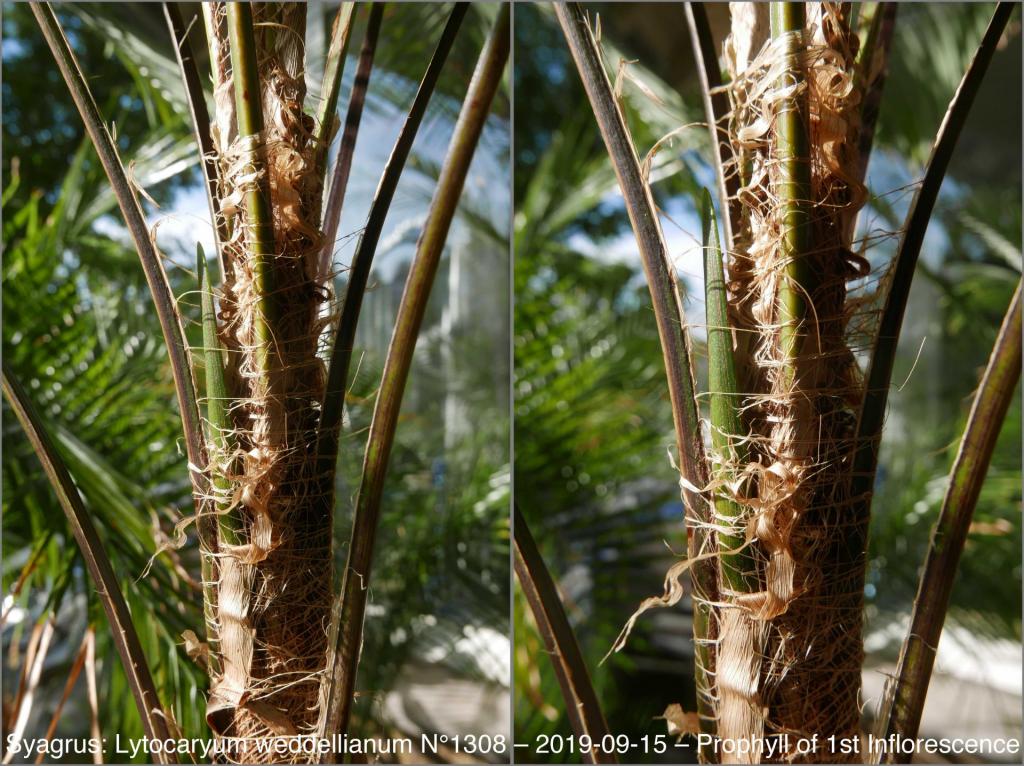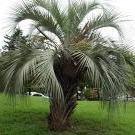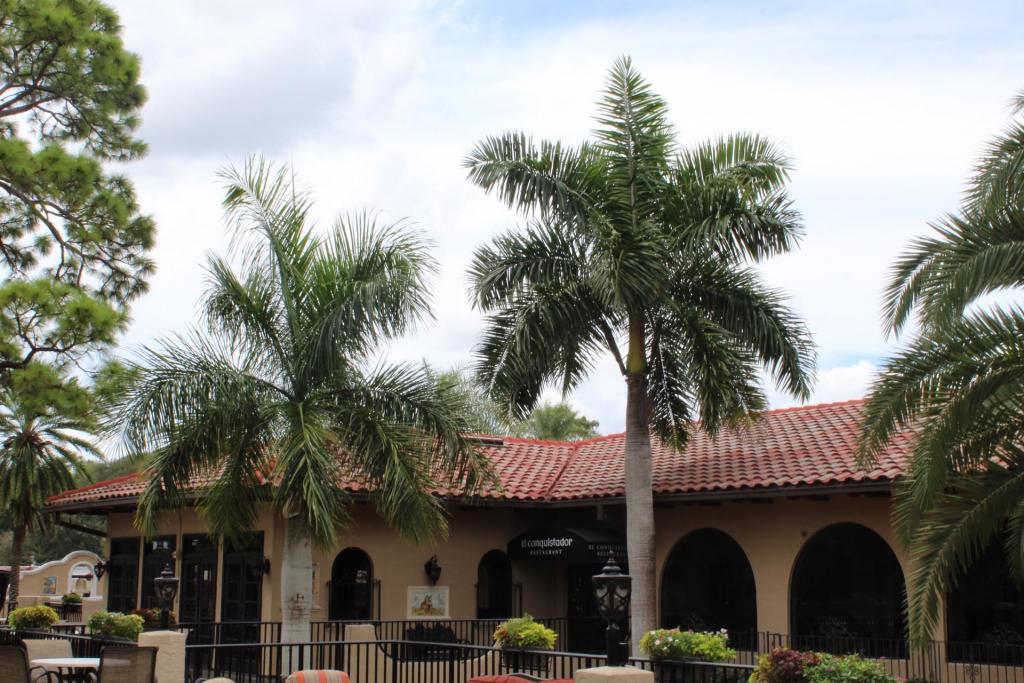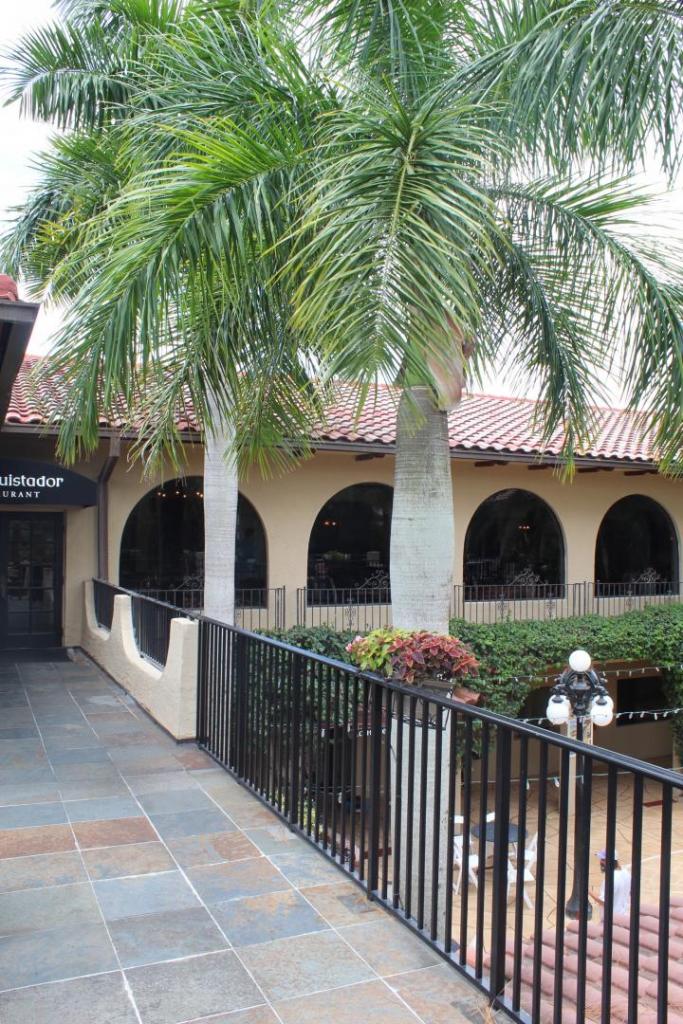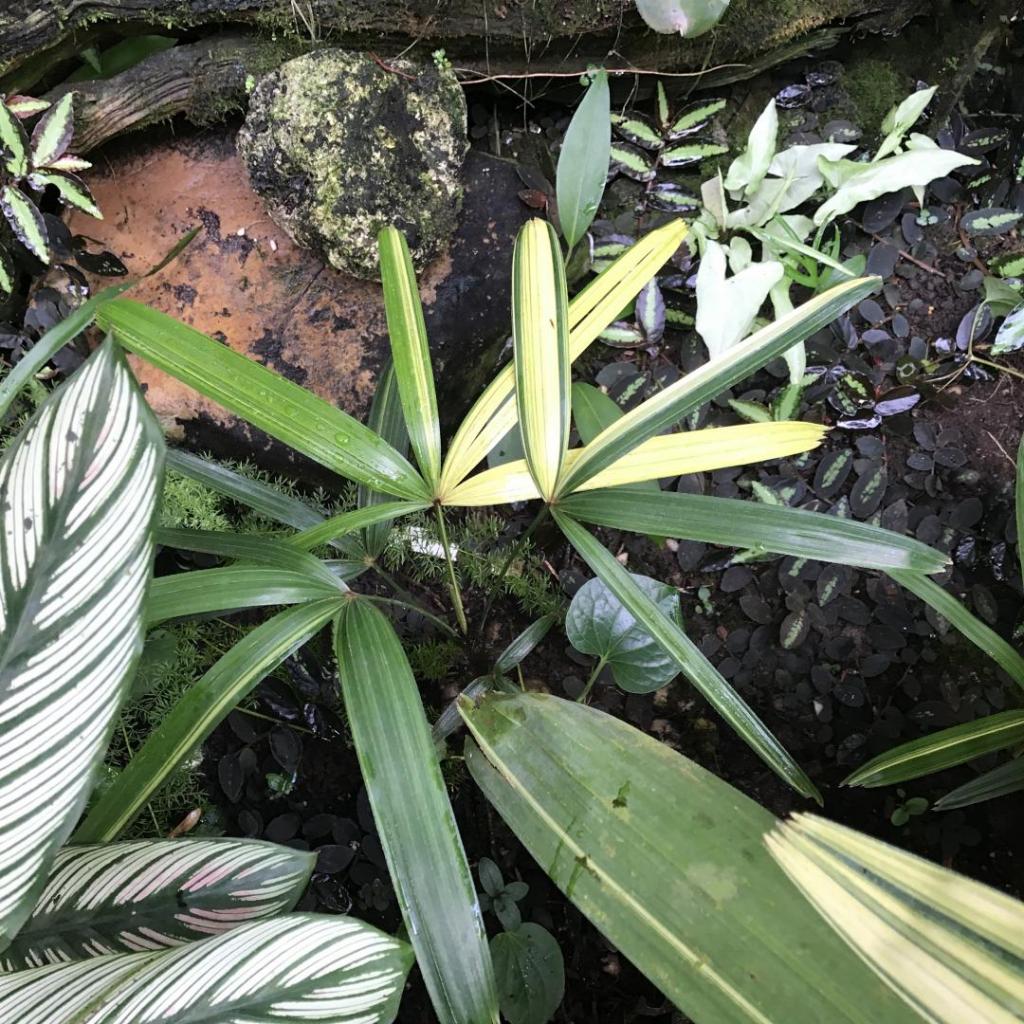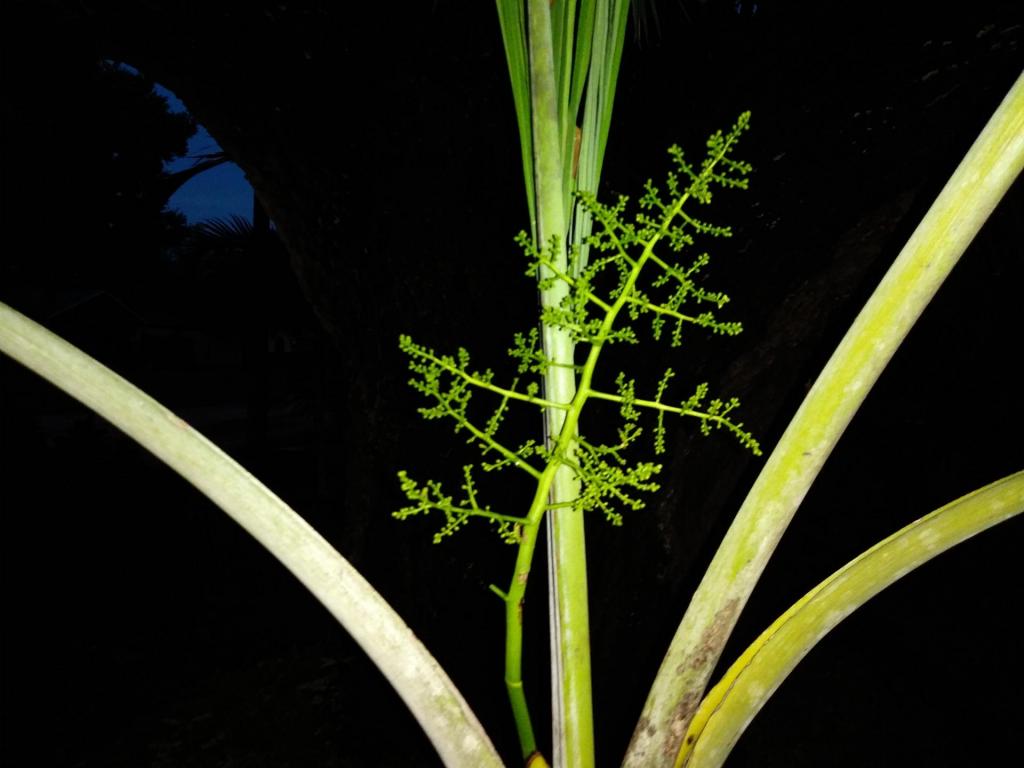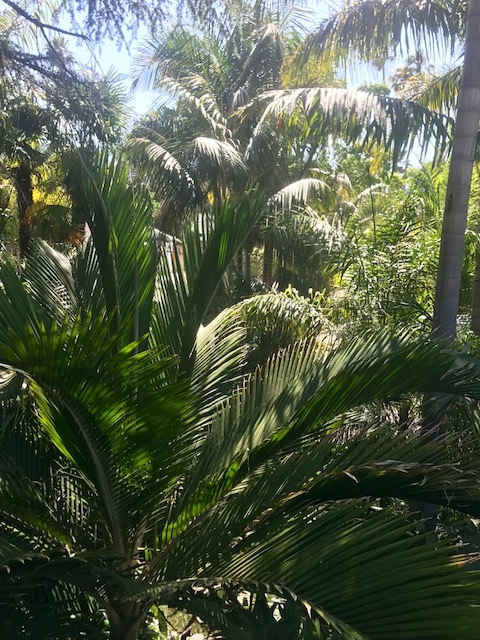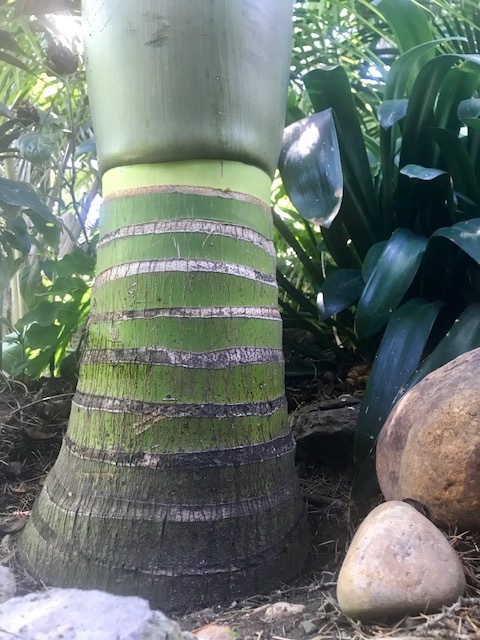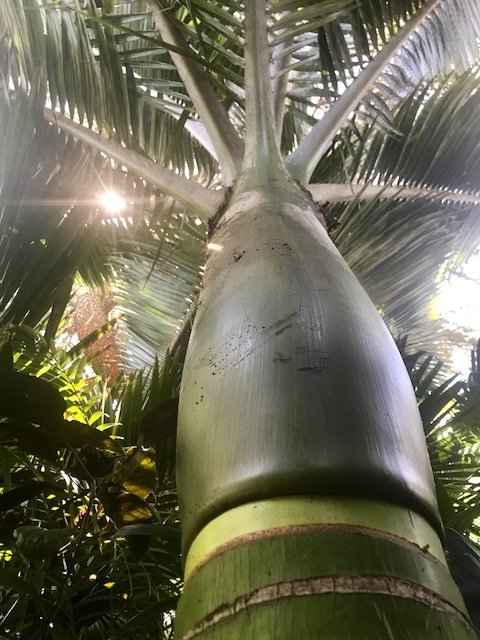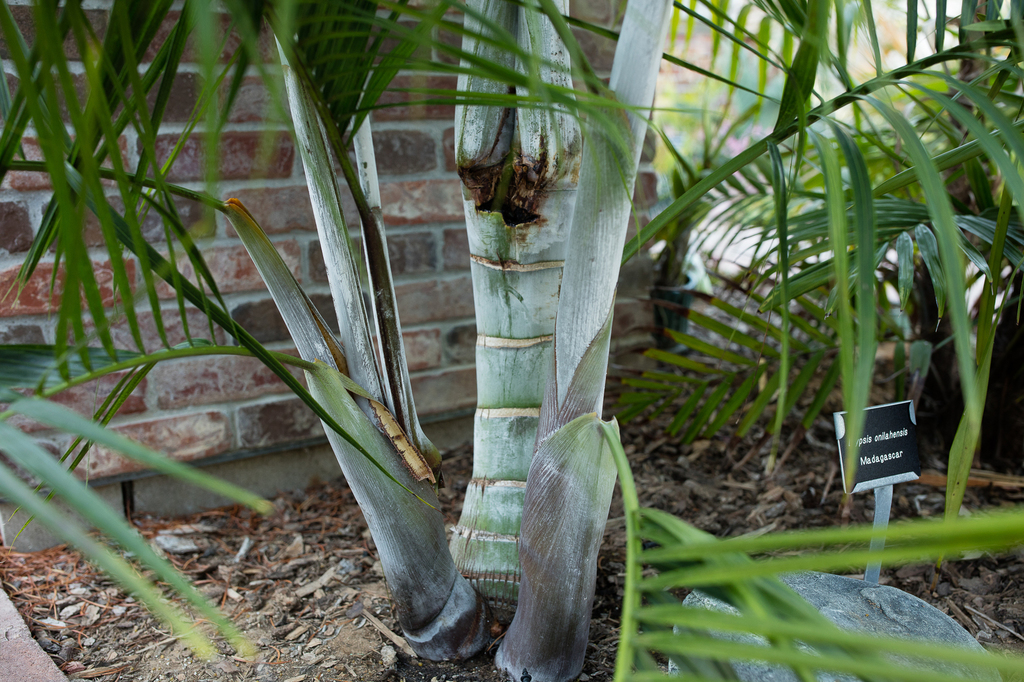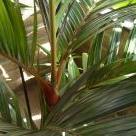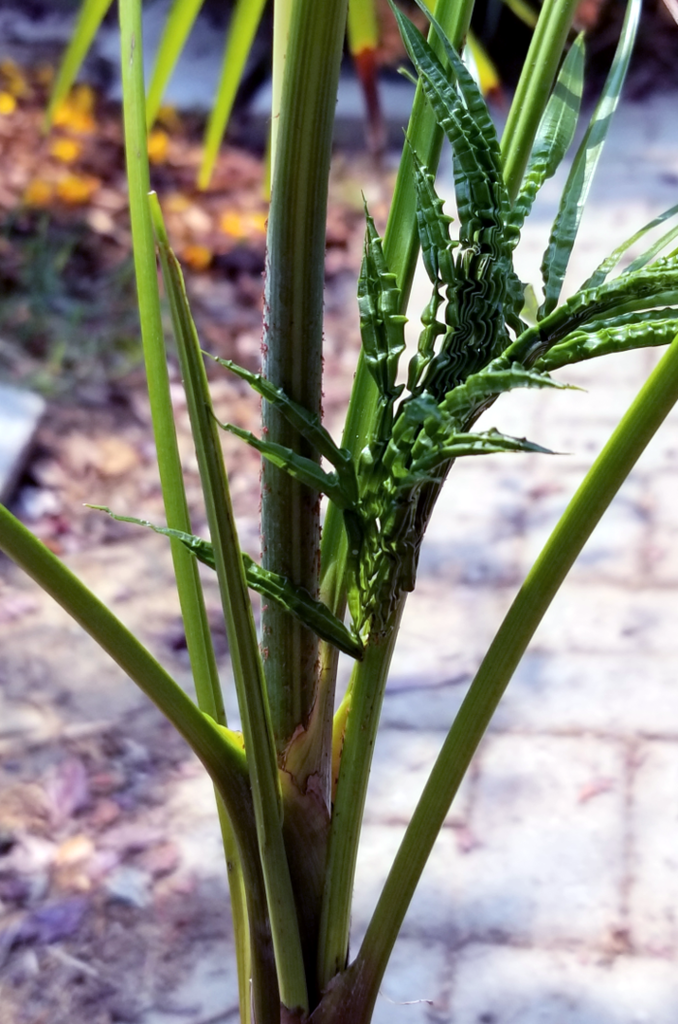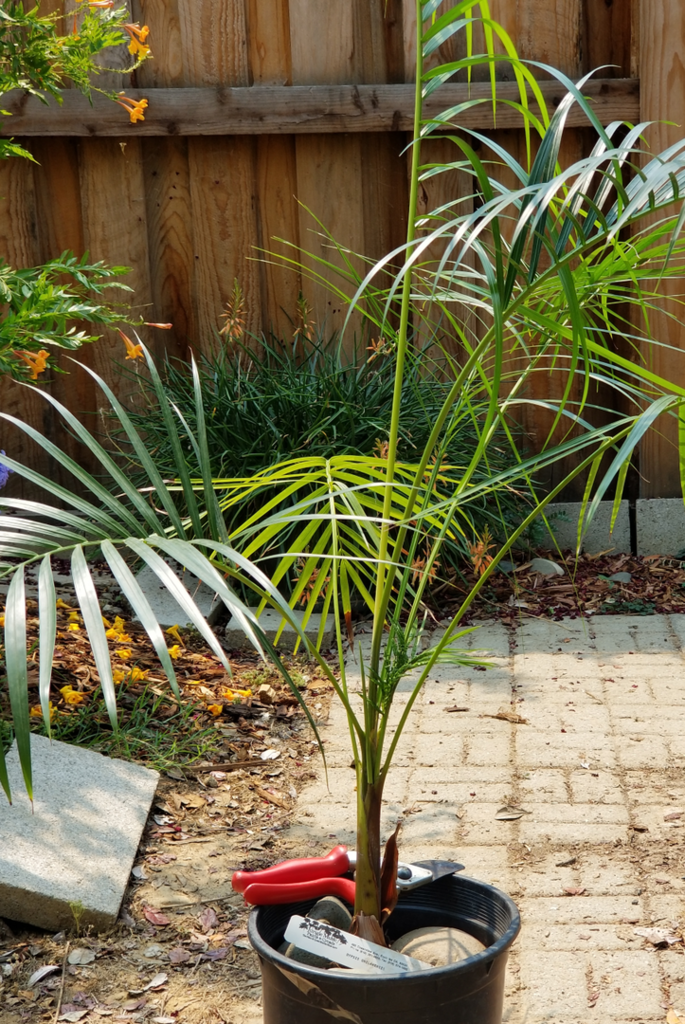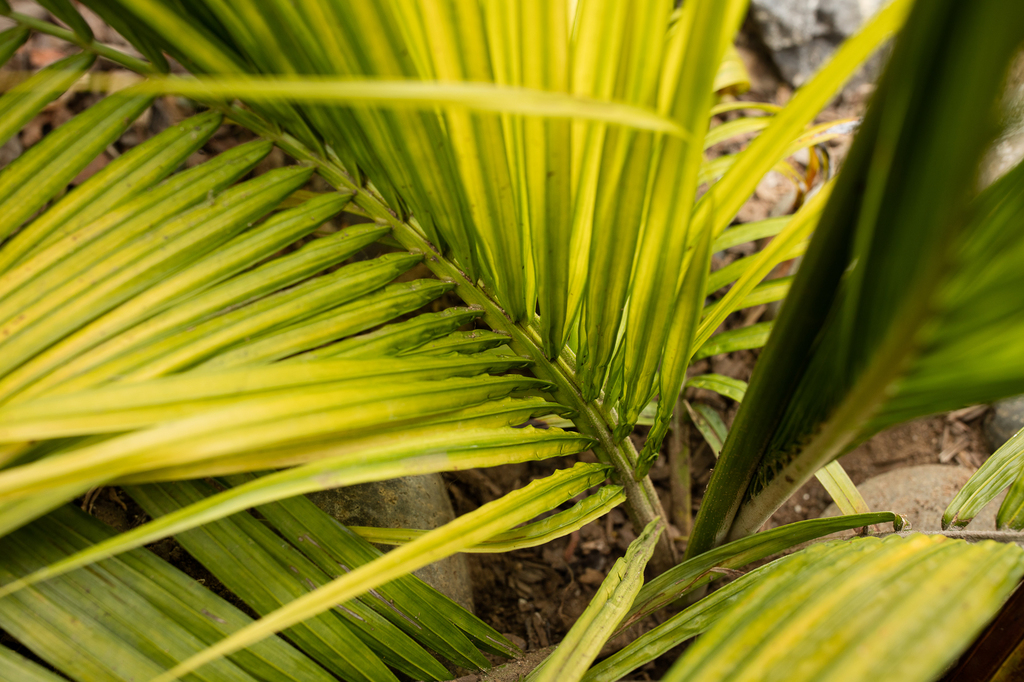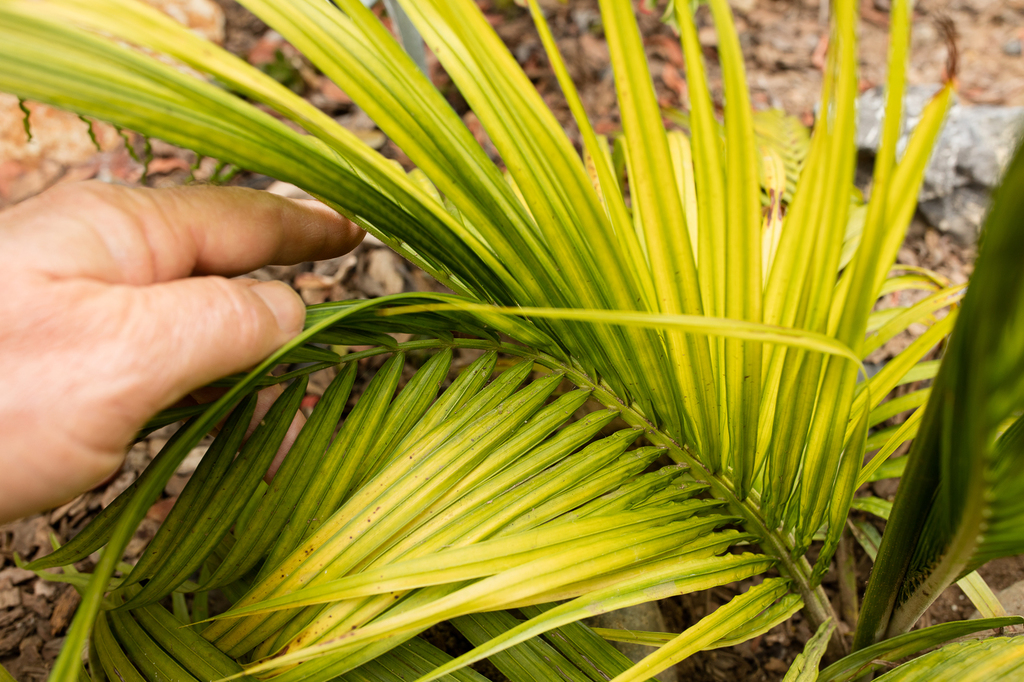Leaderboard
Popular Content
Showing content with the highest reputation on 09/15/2019 in all areas
-
I only started working in my greenhouse again in August 2018, after several years of it being severely neglected due to matters beyond my control. One of the things I thought I had lost was my Pelagadoxa henryana. It had one feeble little frond and looked like it was about to bite it. But after a little over a year of care, it has made an amazing comeback and this is it today. I love it so much, and am so glad it was salvageable.5 points
-
4 points
-
So I have some clustering Dypsis that I have been growing for a while now. They started to look straggly during our drought years. I cut back on watering ( will NEVER do that again!). Coming out of the drought, I started watering more, but they didn’t improve. I switched over to Palm Gain last year. The palms responded, but still did not look right. I continued the watering and fertilizer regiment. I am VERY happy with the results. The fronds are now deep green. More importantly, there is a lot more color and fuzz at the leaf base and petioles. Palm Gain has a believer in me!3 points
-
3 points
-
3 points
-
3 points
-
3 points
-
There are several pink mussaendas, but I think what palmsOrl suggested is probably right. The Queen Sirikit cultivar is the one I see most. We have one in Sarasota in a frost-free environment, and it is still borderline here. Defoliates in winter, but does come back in spring. This year we transplanted it to a sunnier area next to a wall and hope it will perform better. It is so far. We also have Mussaenda Orange Marmalade which is larger but with smaller flowers, which is quite a bit cold hardier. Still eventually defoliates, but comes back strong.3 points
-
3 points
-
Below 20c, pull up doona, but leave ceiling fans on.... Below 15c, pull up doona, wear a t shirt to bed and turn fans onto lowest setting.... Below 10c, dunno, its never happened.... Above 20c, under the sheet starkers, fans on flat out and a few beers of a night to get to sleep Above 25c, toss and turn all night, fans sounding like a Blackhawk helicopter, 6 beer night, and consider turning aircon on. Above 30c, turn on aircon, then pull up doona in the middle of the night because the room is so cold.... Gotta love the Tropics3 points
-
3 points
-
I'm a newbie here so please be forgiving. I recently purchased a Cabbage Palm as an anniversary gift for my husband. We live in the northern part of Middle Tennessee (zone 7A) so for now, we are keeping the 4-foot tall palm in a very large exterior-glazed terracotta pot. I have a greenhouse where we will overwinter the tree. We would like to eventually put it in the ground but I don't know if that's going to be possible here. I haven't been able to find any information about potted cabbage palms. If anyone has any advice whatsoever, please feel free to pass it along.2 points
-
These are probably hybrids of C glaucifolia with another sp, either costaricana, or elegans or microspadix. Out of 30 seeds I had gathered from my glaucifolia only 4 or 5 have germinated so far and those after many, many months. Even more interestingly ungerminated seeds refuse to rot either. I wonder if it an indication of hybridization difficulty of seeds to germinate. Unless of course it is rare but possible that some flowers are hermaphrodite.2 points
-
$50 a month is nothing if you get enjoyment from your hobby, it's cheaper than a night out at the pub.2 points
-
20C is a pretty good temperature at or below which is starts to actually feel cool, especially to those in tropical and subtropical climates. Here in the US, I have usually considered below 70F(about 21C) to be the start of "cool" temperatures, so that is pretty close. It is definitely less hot here the past few days and feels like quite a relief. Still warm and humid for the plants with some rain, but no longer obnoxiously hot, like May through August was this year and most years. I remember some Junes that have been very rainy and extremely humid so not all that hot. Not the case this year.2 points
-
2 points
-
2 points
-
2 points
-
2 points
-
2 points
-
Some still young Dypsis are doing the splits right now in my garden. My Dypsis crinita split once already into two trunks, and one of them is in the process of doing it again as you can see in the photo. The other is a Dypsis onilahensis hybrid. I don't like the base of the left side of the trunk when examined close, but when one steps back the plant looks great. One of the other doinkers that came out from the base is splitting on the hybrid as well. With the two spits on that and subterranean trunks emerging, its already up to 5 trunks in about 18 months from two when I acquired and planted it. So what's doing the splits in your garden??? Some other genus's as well as Dypsis species would be interesting to see.1 point
-
1 point
-
Mussaendas do very well in Darwin, very common garden plants, with lots of cultivars available in local nursuries. Adds really nice colours to the Tropical garden. Responds well to deep mulch, water and fertilizer... And easy to strike from cuttings, just 4 or 5" of soft wood cuttings, dip in some rooting powder, and plant in a sand type soil mix....and away they go....1 point
-
Other pictures from like a month ago that I believe are also Date Palms. (There are of course some other palms in the pictures. The first one has a baby ?Sago? palm? The second one has a few different kinds. If anyone could be so kind as to identify the palms other than the Palmetto’s, Butia’s, and Mexican fans please! And second picture, the Date (I believe) is the one to the right, with the leaves kind of growing “upwards”.1 point
-
1 point
-
Yup. We're in an intense heat wave. 39C with 14% RH. Super dry. It's been like this for a week now. I have been watering the south-facing potted palms three times a day and the in-ground palms between two or three times as well.1 point
-
Regular ol' arbicola, inc the variegated types.. I'd say 9a would be a serious roll of the dice, at best, if placed in the best possible spot w/ protection. Tried a few back in San Jose ( CA, borderline 9b / 10a in my part of town ) years ago and lost them the first winter I'd put them in. They were more more exposed and it was a wet / cold winter that year so it is possible they could have survived a warmer / drier winter there. Have seen standard green arbicola growing in yards around town so those might be slightly hardier.. also would occasionally see the bigger common Schefflera around town as well. Back if Florida, remember these getting nailed big time back in the 2009-10 freeze there. Most, esp. protected ones, came back by mid-spring though. When I lived in Sarasota, we'd bring these into our greenhouses thru the coldest part of winter there. Nursery i worked for grew them by the 100's. Bigger ones in the ground seemed to handle a little more cold than the 3 gals we sold the most. That said, look at past posts posted both by @Chester B and @Palm crazy. Both have / are growing some of the really cool.. and cold hardy Schefflera species. Those would likely be the best ones for you to look into, if they catch your interest. There's one i myself realy hope someone starts propagating here in the states.1 point
-
I have a Bactris gasipaes that was completely killed in 09/10 (so I thought) I wasn't unhappy about it either as it's a mean mother. Anyway she back in full glory as she's a clumper and lot's of new sprouts came up from the dead. A beautiful palm but spines everywhere. Bet these would survive Orlando if they got big enough before being set back from the cold.1 point
-
1 point
-
Inflorescence of radicalis is female. The other one is still hidden in the peduncular bract and therefore I can not tell yet.1 point
-
You are very welcome. i think that it is pretty accurate that it pretty much impossible to use too much peroxide from what i have observed. i would do a bit of research just to be safe. i subscribed to a guy on youtube that goes by The Palmfather. he has so many videos on palms and he know so much about them. i highly recommend watching his videos.1 point
-
1 point
-
1 point
-
1 point
-
A while back I had an overstock of Phoenix theophrasti and sent a bunch to folks in the Carolinas and a few to NM. Well, I'm out of theophrasti for the moment, but if you would like some Washingtonia filifera seedlings, send me a PM.1 point
-
1 point
-
So I'm curious how big it is overall and how many rings of exposed trunk before it is pushing out an inflorescence. Can you post a photo of the full palm and one of the ringed trunk? I want to compare what size yours is at achieving this milestone to get a better sense when mine might. Danke, Gracias, Merci and Thank You in advance.1 point
-
1 point
-
1 point
-
1 point
-
Ok, sorry for the delay in quantitative data about my palm. Measurements from today are.. trunk diameter 23 cm or 9 inches, trunk height 2.8 m or 9 feet, crownshaft diameter 45 cm or 18 inches, and 49 leafbase scars on the trunk, yielding 5.7 cm or 2.25 inches, average growth dimension for each leafbase scar and internode. The following photo is from today also. This palm was planted in 1995 from seed distributed by the late Inge Hoffmann in 1993.1 point
-
1 point
-
The ratio of diameter between the trunk and crownshaft is variable in the nikau palms I grow here in California. The greatest differential is when the palm is vigorous, and is developing several spadices simultaneously within the crownshaft. I would be cautious about assigning a geographic identity based just on this one character. I grow R. sapida x baueri, R. baueri, R. sapida Chatham Island, R. sapida Great Barrier Island, and R. sapida Little Barrier Island. By far, the most heavy bodied and overall large palm is the Chatham Island form. Here is a photo of my R. sapida 'Chatham Island'; but it does not always appear so bulbous. . In Keith Boyer's book he shows a massive palm next to a women with big sunglasses and a blue blouse. I was obsessed for years by this image, until Keith told me that the woman was quite petite, and that they had posed her adjacent to the largest palm they could locate on the small island. My plant of R. s. LBI has failed to achieve the dimensions of the one shown in Keith's book and mine just looks like any generic Rhopalostylis.1 point
-
You can probably expect more of the same. My original post was this Dypsis onilahensis hybrid, which has continued to sprout from all three of the original trunks. Each is in a different phase of the process, but my best estimate is that the runk in the foreground to the right is about what yours will look like as far as how high up the trunk it is occurring.1 point
-
1 point
-
My little Dypsis bef pushed a very unusual leaf prior to the upcoming split. It literally split about half way up the rachis. The petiole and half of the rachis is shared, but then splits into two rachis. Where the rachis is shared, the result is three sets of leaflets, with the centerline resembling a Mohawk hairdo the way it sticks up. This was a new one on me, but perhaps others have seen similar things.1 point
-
Tracy, the climate in Leucadia must be very favourable for your palms. I am on the line, in contrast to common belief, that clustering palms expand when conditions are close to ideal and not the other way around. A struggling palm stays rather solitary as long as it is needed for its establishment concentrating its resources to this purpose.1 point






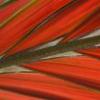
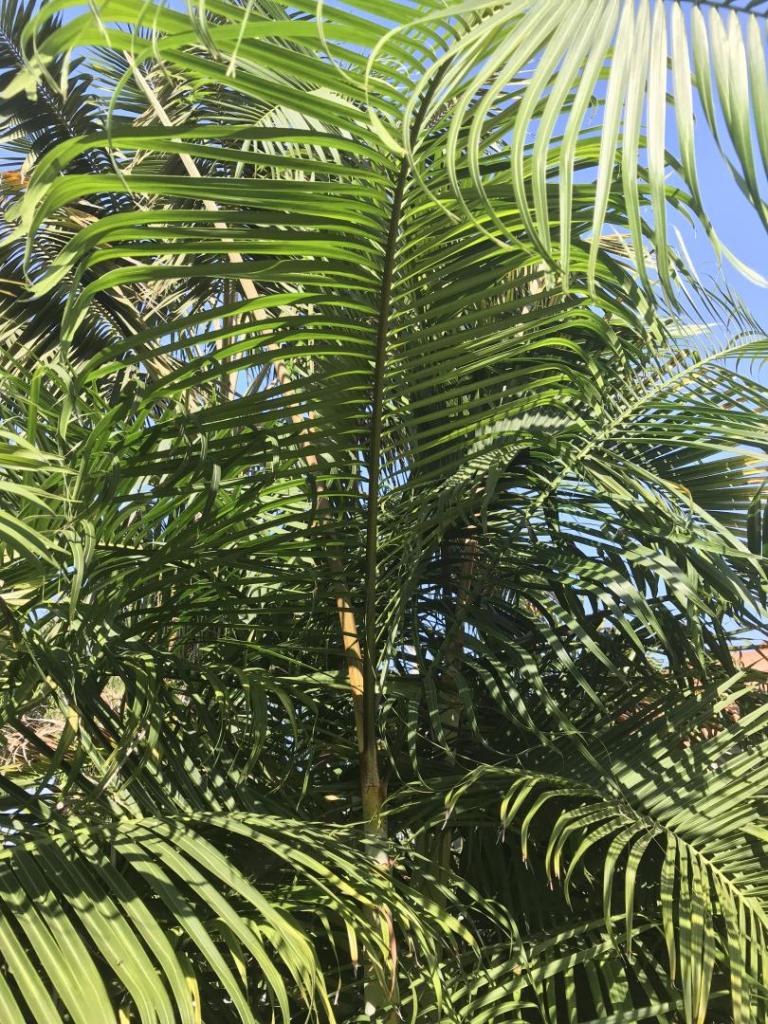



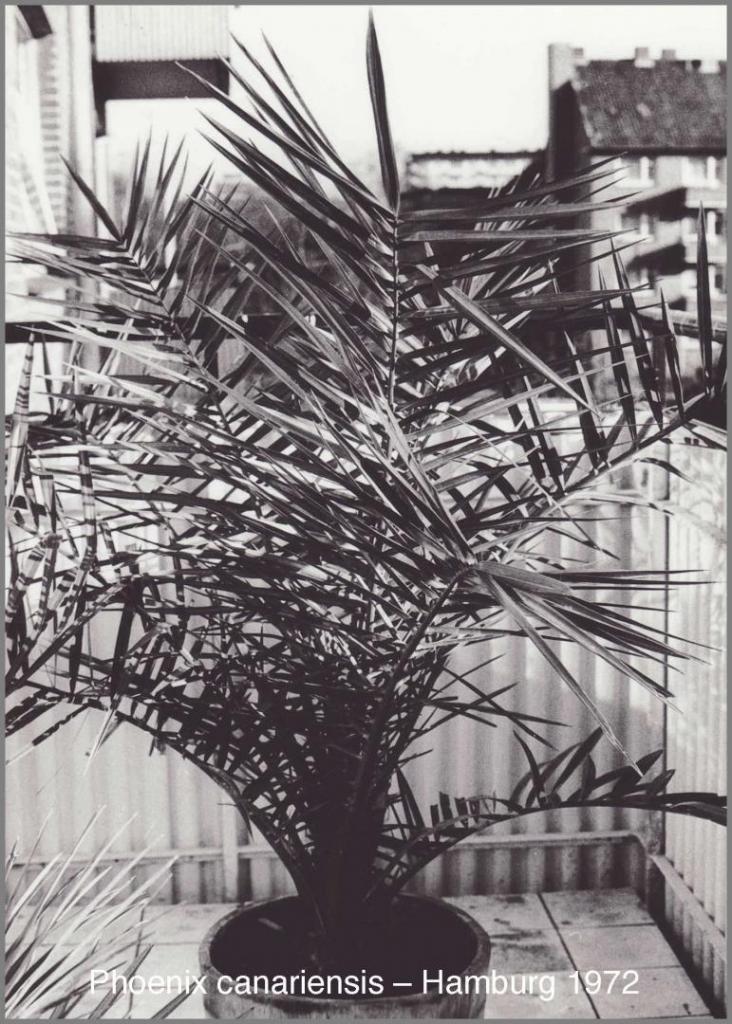


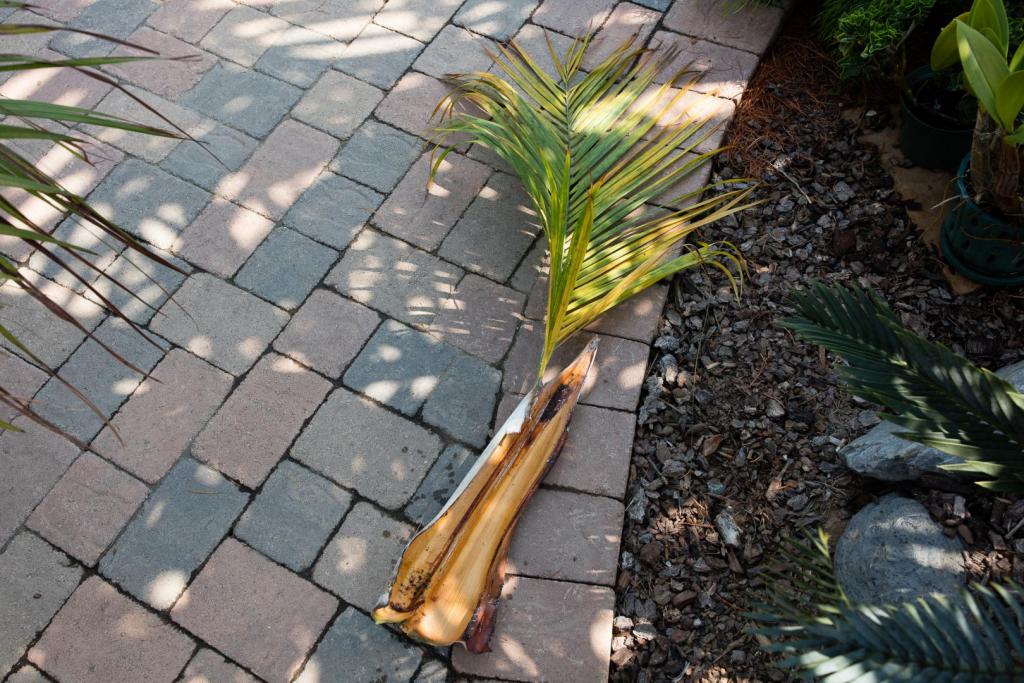
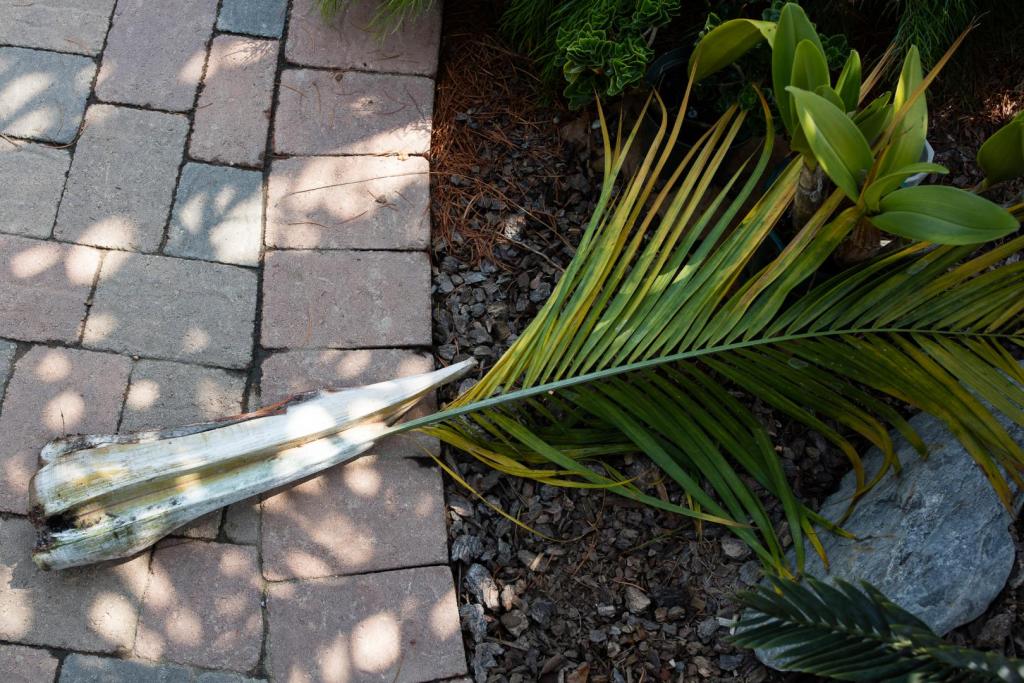

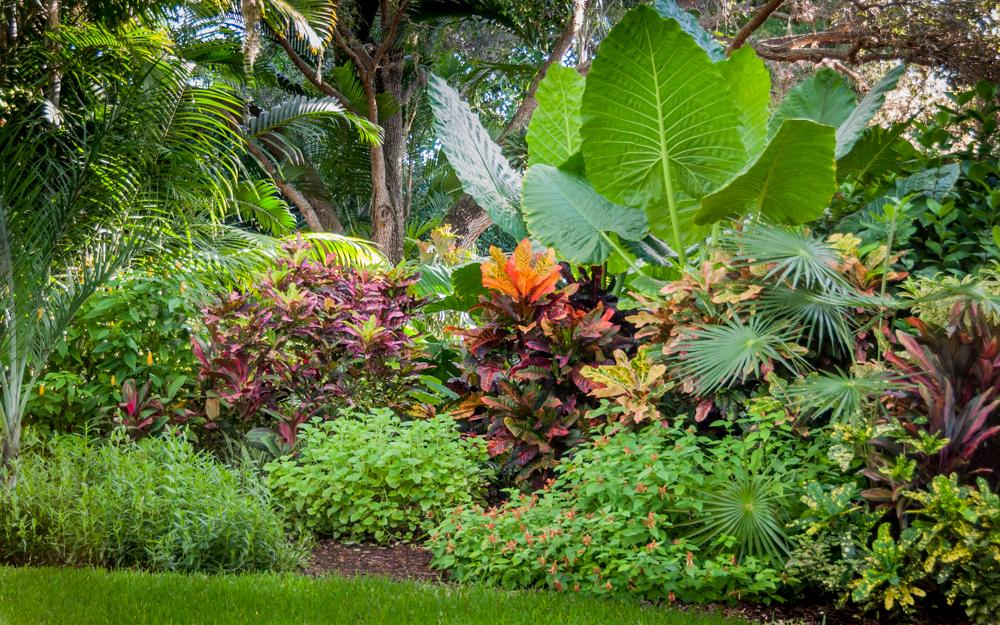
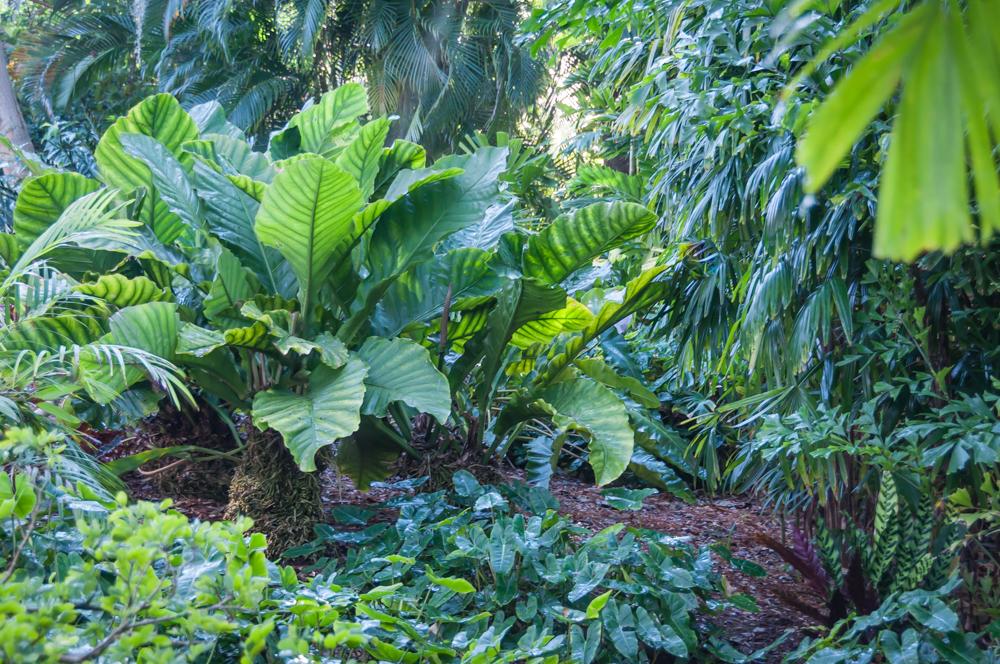

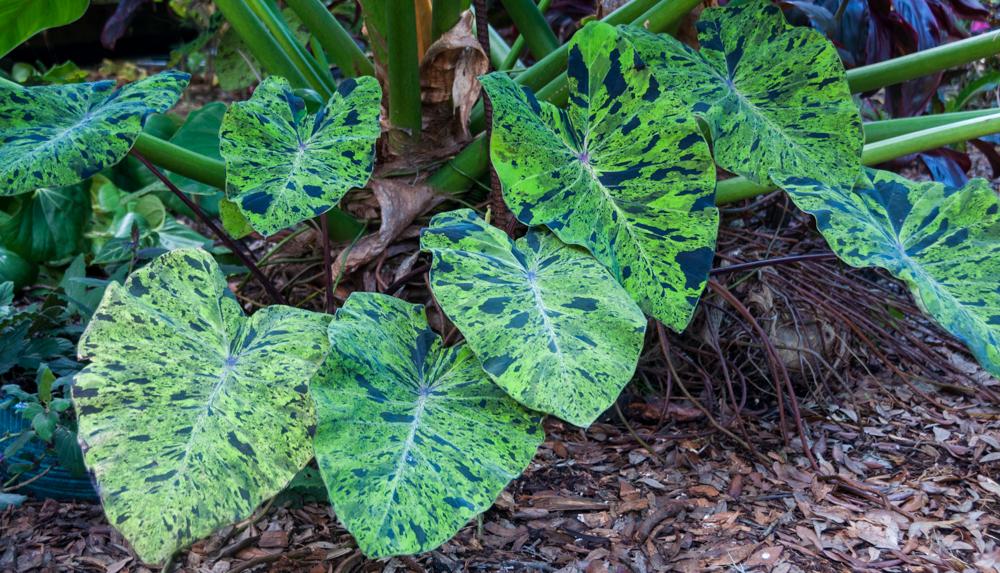
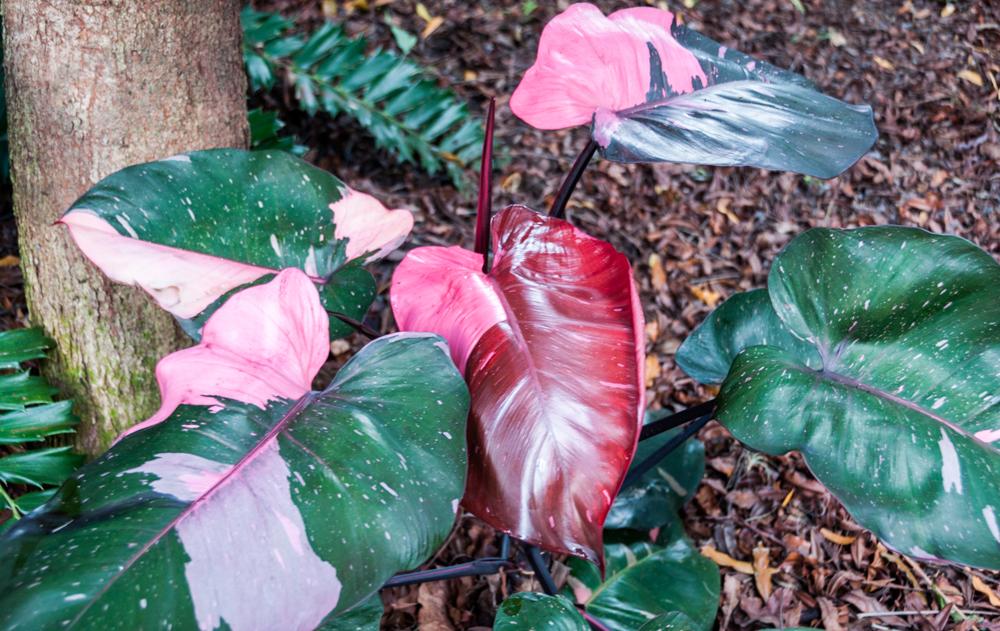

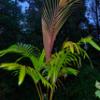





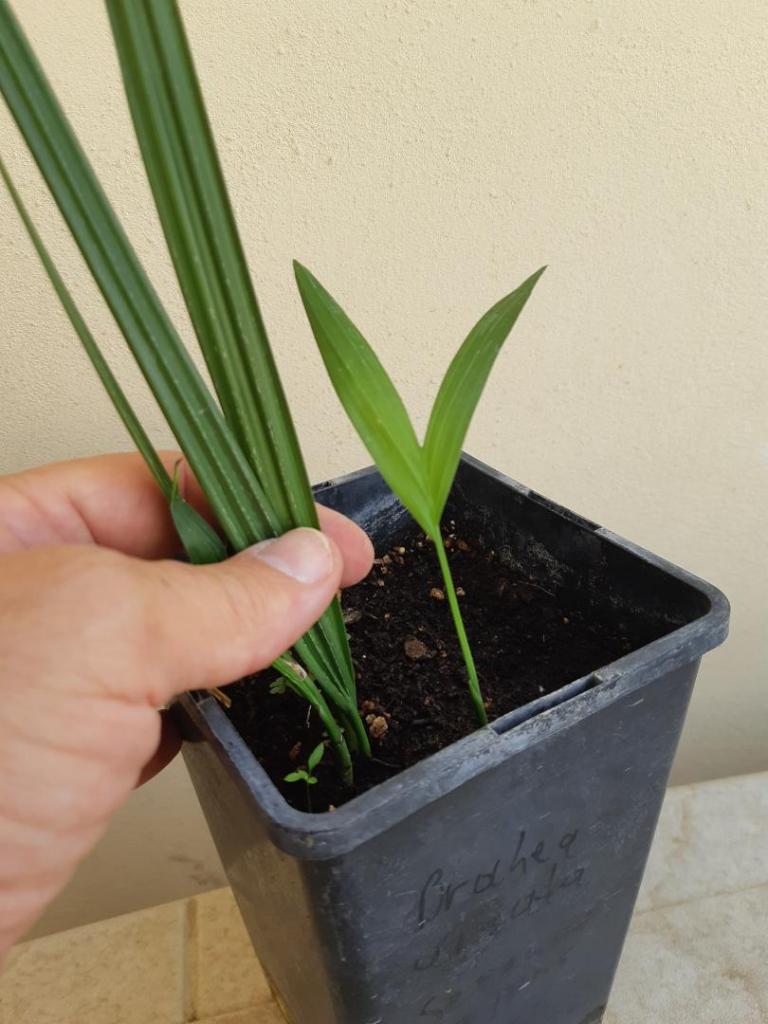

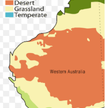
.thumb.jpg.4e91fe2cb87ace844d8164b8e9e1f271.jpg)





